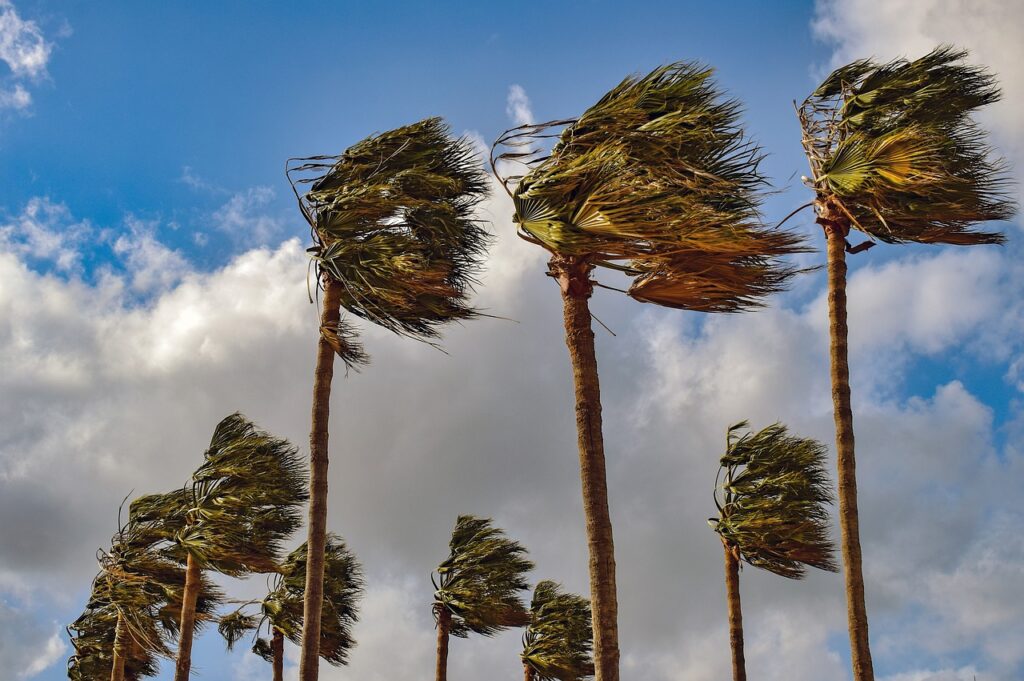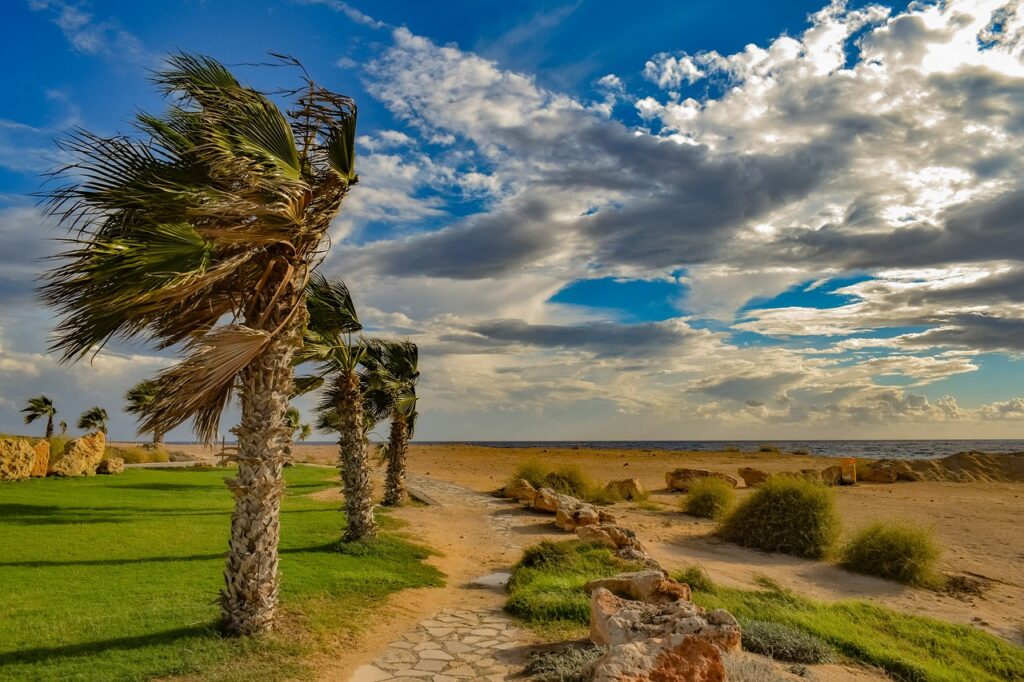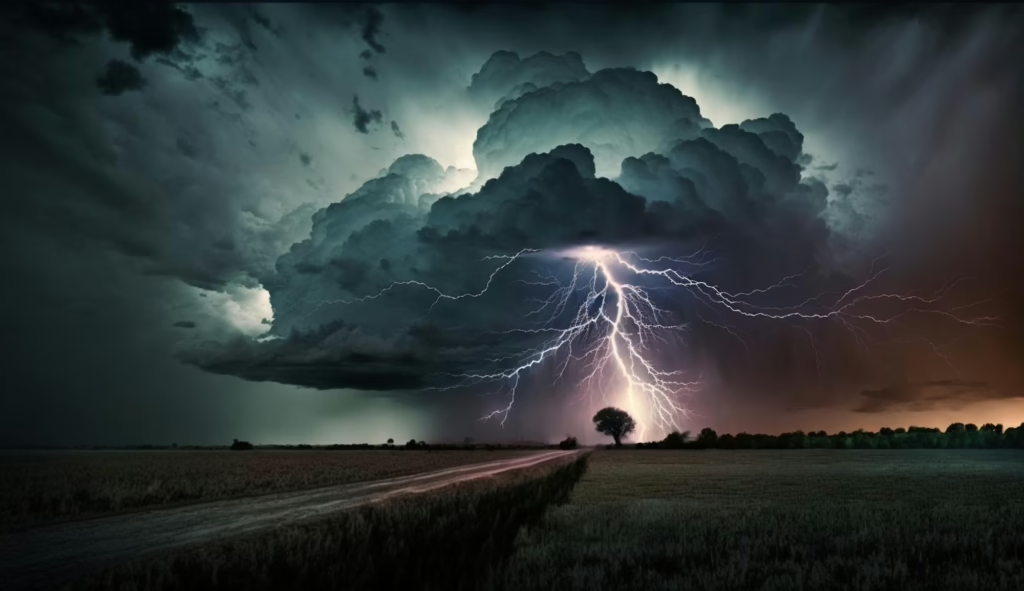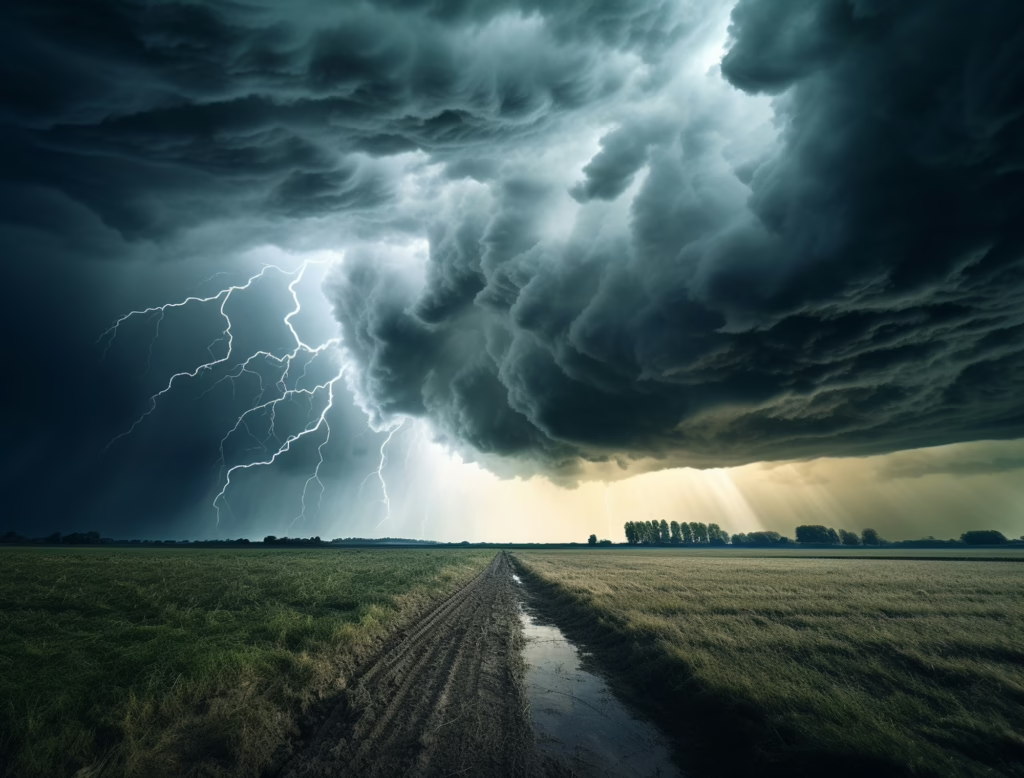Explore the theme of nature in “Ode to the West Wind.” How does Shelley use the imagery of the natural world to convey his thoughts and emotions throughout the poem?

The Theme of Nature in Ode to the West Wind
“Ode to the West Wind” by Percy Bysshe Shelley is a captivating poem that explores the theme of nature and its transformative power. Shelley uses vivid and evocative imagery of the natural world to convey his thoughts and emotions, showcasing the dynamic relationship between the human spirit and nature’s elemental forces. Through the symbolism of the West Wind, the changing seasons, and the transformative cycle of life and death, Shelley delves into his profound reflections on inspiration, renewal, and the role of the poet as a catalyst for change.
The poem begins with the speaker addressing the West Wind as a mighty force of nature, a “wild spirit” that breathes life into the world. Shelley sets the tone with powerful imagery, describing the wind as the “breath of Autumn’s being,” which scatters the dead leaves, making way for new life. This establishes a connection between the wind’s power and the cyclical nature of life, wherein death and decay are necessary for renewal and growth.
Shelley’s fascination with the natural world is evident as he continues to use elemental imagery throughout the poem. He describes the wind’s effect on the sky, comparing it to “the azure sister of the Spring” and the “black rain.” This juxtaposition of colors evokes the contrasting moods of nature, representing both the vibrant, hopeful aspect of spring and the somber, melancholic aspect of autumn.
Moreover, the wind is portrayed as a relentless force, “driving sweet buds like flocks to feed in air” and carrying the “winged seeds” far and wide. This image symbolizes the wind’s ability to spread life and inspiration, making it a powerful metaphor for the poet’s desire to disseminate his ideas and art to the world. Shelley aligns himself with the wind’s transformative power, seeking to be a vessel for change and progress through his poetry.
The poem’s central theme of nature’s role in rejuvenation and regeneration becomes more apparent as Shelley introduces the idea of winter’s desolation. He paints a bleak picture of the winter landscape, describing it as a “corpse within its grave,” emphasizing the lifeless and barren aspect of this season. However, this desolation is not permanent, as Shelley highlights the inevitability of spring’s arrival: “If Winter comes, can Spring be far behind?”
This connection between death and rebirth is a recurring motif in the poem, mirroring the cyclical pattern of the seasons. Just as nature undergoes periods of dormancy and renewal, so does the human spirit. Shelley sees the potential for transformation and growth even in the darkest of times, suggesting that inspiration and creativity can arise from moments of despair and stagnation.
Shelley’s use of nature imagery to convey the transformative power of the West Wind also serves as a metaphor for political and social change. He addresses the wind as the “Destroyer and Preserver,” signifying its dual nature as a force that can both uproot and rebuild. This duality reflects Shelley’s belief in the potential of revolution and upheaval to bring about positive change in society.
The poet identifies himself as a “lyre,” an instrument played by the wind, suggesting that his creative expression is not solely his own but influenced and guided by the forces of nature. He seeks to channel the power of the West Wind through his poetry, hoping to inspire change and challenge the status quo. Shelley views the poet as a visionary figure, capable of foreseeing the potential for transformation and liberation.
Furthermore, the imagery of the wind sweeping through the forests and the waves of the sea emphasizes its all-encompassing nature. Shelley’s use of the word “pestilence” in association with the wind underscores its ability to bring about both destruction and renewal. This duality echoes the complex and paradoxical nature of the poet’s role as a prophet of change, simultaneously warning of potential upheaval while offering hope for a better future.
As the poem progresses, Shelley delves deeper into his reflections on the transformative power of nature and the poet’s ability to evoke change. He describes the wind as the “dirge of the dying year,” associating it with the passage of time and the cyclical nature of life and death. This imagery evokes a sense of transience and impermanence, underscoring the ephemerality of human existence.
However, the poet’s plea to the wind to “Drive my dead thoughts over the universe like withered leaves to quicken a new birth” reveals his desire to transcend the limitations of mortality through his poetry. Shelley seeks to leave a lasting impact on the world, akin to the wind’s ability to scatter seeds and breathe new life into the landscape.
In the poem’s concluding stanza, Shelley draws a powerful analogy between the wind and his own poetic vision. He envisions the wind as a “trumpet,” heralding the “awakening of the nations” and inspiring a sense of unity and collective action. This imagery reflects Shelley’s revolutionary ideals, as he perceives the wind as a symbol of freedom and social progress.
Furthermore, Shelley’s reference to “ocean’s azure” and “deserts of vast eternity” evokes a sense of boundless possibility and unlimited potential. He envisions his poetry as transcending time and space, reaching far beyond the confines of his own era to inspire future generations.
The concluding lines of the poem, “If Winter comes, can Spring be far behind?” encapsulate Shelley’s enduring optimism and faith in the regenerative power of nature. The cyclical nature of the seasons becomes a metaphor for the cycles of human history, wherein periods of darkness and turmoil are followed by moments of rebirth and enlightenment.
In conclusion, “Ode to the West Wind” is a remarkable poem that explores the theme of nature and its transformative power. Shelley’s masterful use of vivid imagery, symbolism, and personification of the wind enables him to convey his thoughts and emotions about inspiration, renewal, and the role of the poet as an agent of change. Through the contrast between the West Wind’s destructive and regenerative capabilities, the poem emphasizes the cyclical nature of life and the transformative potential of the human spirit. Shelley’s profound reflections on the role of the poet as a visionary figure, capable of inspiring societal transformation, further elevate the poem’s significance. “Ode to the West Wind” stands as a testament to Shelley’s awe of nature’s beauty and his enduring belief in the power of poetic expression to evoke change and liberation.
*****
Read More:
More Questions and Answers from Ode to the West Wind by PB Shelley




